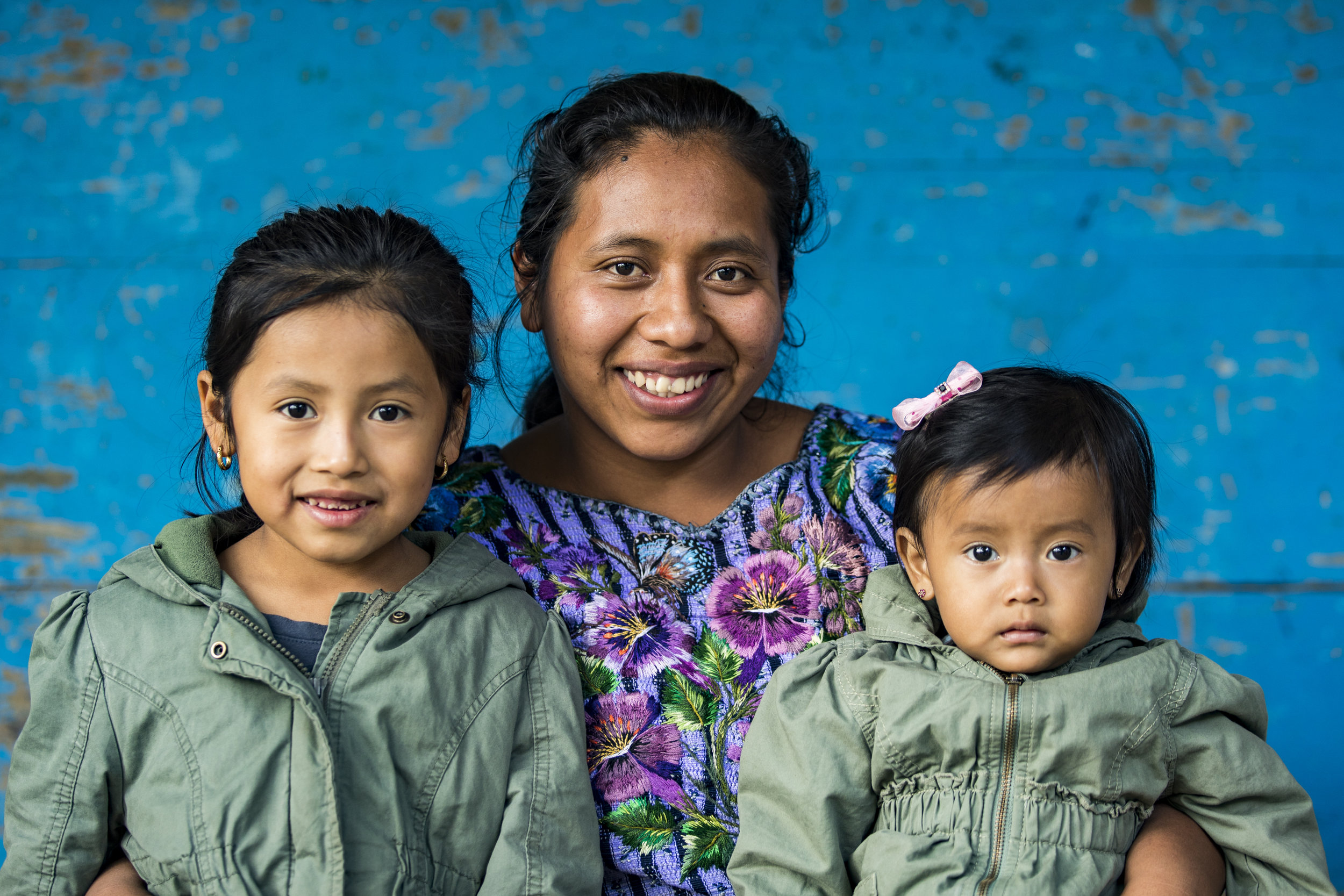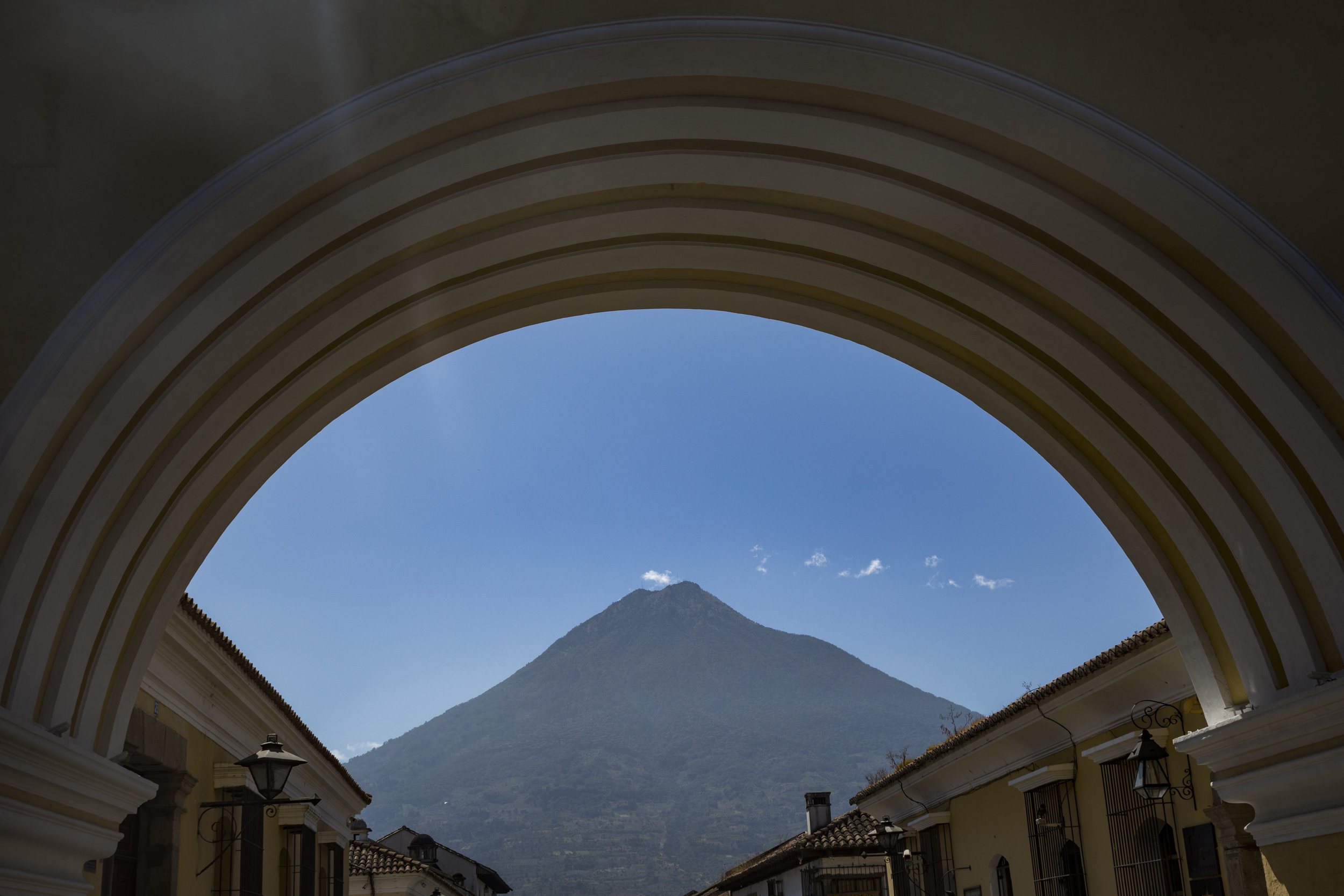Time working hand-in-hand with each of our artisans is an extremely important part of Living Threads Co. From learning about each woman and man's creative inspiration, their family, the impact of your purchase on quality of life, and goals for the future of their craft - this time together strengthens our relationships, quality of our products and increases our impact.
Founder Amanda working with our partner artisan Lidía in her home on the shores of Lake Atitlán, Guatemala. Product : KUS Napkins
Our personal relationships with each of our artisans is the foundation of our design process. Together we design unique, high-quality products that are created using ancient traditional techniques, yet are modern one-of-a-kind pieces for your home. Each product is thought through from raw fiber, to color and dye process, weaving techniques, and hand finished details.
Design PROCESS AT A GLANCE
Exploration of artisans skills, strengths, and design interests
Consideration of traditional design and techniques inspiring product creation
Exploration of raw materials, natural color dyes, and sustainability of product materials
Collaboratively design new product based on customer feedback and behavior, as well as artisan skill and interest
Draft product detail sheet and then bring sample to life
Hands on training for our artisans on quality control and management of orders to facilitate cooperative growth and capacity building
Final adjustments to color, design and hand finishings
Additional artisans are trained in product creation and final products are handcrafted
Product is inspected, packaged and shipped to Living Threads Co. studio in the US where it is photographed and shared with you!
With each purchase we provide additional work and income to our artisans
The outcomes
Each product is designed to last through years of use, considering not only the environmental impact of the products creation but also of its lifespan. Techniques chosen for the creation of each piece are important culturally, the creation process reserving the traditional crafts of the men and women we work with. Each product tells a story of culture, environment and individual creativity. Furthermore, each product is a source of great personal pride for the artisan.















